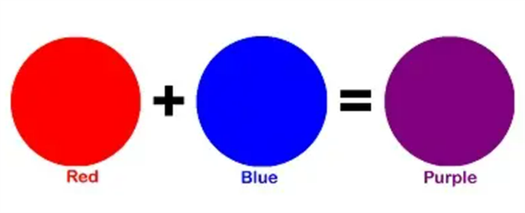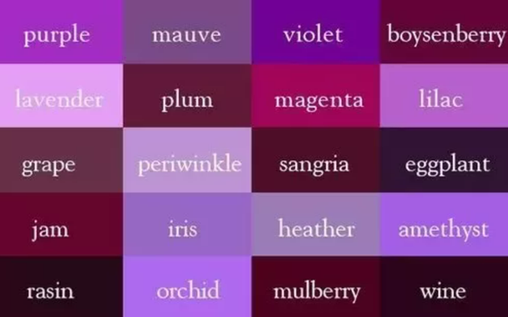In order to create new colors, you can mix primary colors. The primary colors are red, yellow, blue. By mixing the primary colors you can come up with many secondary colors.
How to make purple color by mixing of other color
What have the fundamentals of art come into play? The color, value, composition, brushwork, and techniques are the core pillars of painting. These are the required things that artists need to describe their art on canvas. Painting is the way to express thousands of emotions into the two-dimensional visual language without saying anything. It’s the way to convey ideas to others. You explore the different shades of color, the process, and outcomes, and create aesthetically pleasing works and experiences. One of the most important pillars i.e color plays a significant role in describing art. How one color mixes with another color and the new color start originating? While painting, understanding the different shades of colors is important. However, every color signifies different emotions, ideas in your painting.
Purple’s is one of those colors that people try in small doses because it’s bold. The color also gives a room personality. In a world of generic, perfect homes, purple stands out — in any shade. If purple is your favorite color and you learn how to make this color, we will tell you. Here we discuss what two colors we should mix to make purple color: If you follow the basic color theory, mix primary colors to create secondary colors and end up getting tertiary colors while mixing secondary colors with primary colors.
The Primary Colors are: Red, Yellow, and Blue
![]()
The Secondary Colors are: Green, Orange, and Purple
The Tertiary Colors are Yellow-Orange, Red-Orange, Red-Purple, Blue-Purple, Blue-Green, and Yellow-Green.
Red and blue colors make purple when mixed. You get violet by mixing blue and red in a ratio of 1:1. However, to make different shades of color we mixed more or less the quantity of red and blue colors. Including white in this aggregate creates a lighter tint of purple, while adding black creates a darker shade of purple. Choose paints that don’t contain a yellow and green bias. If yellow or green color present in your red and blue paint, the purple color won’t come outright. Instead of purple, it comes out brown.
So what’s kind of purple you want to make?
There is a bunch of shades of purple color. It comprises from dark shade to lighter tint. Lavender, mulberry, Mauve, Aubergine, lilac, Mardi Gras, Pink lavender, Periwinkle blue, Dark purple, Indigo purple, Dark violet, Iris purple, lavender blush, Orchid, Thistle, Plum, etc. To tint color by adding white to it. So here we see to make different shades of purple:
Lavender makes by mixing blue and red diluted with white. So if you want to make lavender so you would up mixing blue and red color with adding a lot of white color to it.
Aubergine:
Aubergine makes by mixing more red in blue and then add a little black color to it.
What Colours Make Purple?

Mixing blue and red together makes purple. The colour of your hue will be determined by the amount of blue and red you add to it. For instance, when more red is added to your purple, it will become redder; when more blue is added, it will become bluer.
Making Cooler Purple Colours
To cool down your purple hue, use more blue. The most crucial thing to remember if you do go down this route is which blue to select. It’s usually a good idea to utilize the same blue you employed in the first place when making a new purple colour. It should be a warm blue, or your purple hue will become muddy.
It’s also a good idea to only add a little bit of blue at a time to your purple. A tiny amount of paint may drastically alter the colour, and if you put in too much blue all at once, you’ll have to add more red to get it back to your ideal hue.
Making Warmer Purple Colours
The best way to make a warmer purple is to add a little more red. You should utilize the same red that you used in your purple base, and it should be cooler; otherwise, your purple will get muddy. Keep in mind that if you want your purple shade to be more red, begin with a little bit and gradually add more in until you are satisfied.
The opposite of bright colours are muted colours. In some works, you don’t need a particularly vibrant purple colour – a muted shade may work better. Muted purples can be used to highlight a painting just as well as bright colours. Muted colours are made by using the colour at hand (in this case, purple) and mixing it with its complementary colour (in this case the complementary colour to purple is yellow). You can achieve several muted shades of purple by combining different shades of purple with different shades of yellow.

Learn more about this topic:
Get access to this video and our entire Q&A library
Primary Color & Secondary Colors: Definition & Names
from Chapter 5 / Lesson 15
What are the three primary and three secondary colors? Learn how they are created and mixed to form the entire spectrum of color. Learn the basics of color theory.






